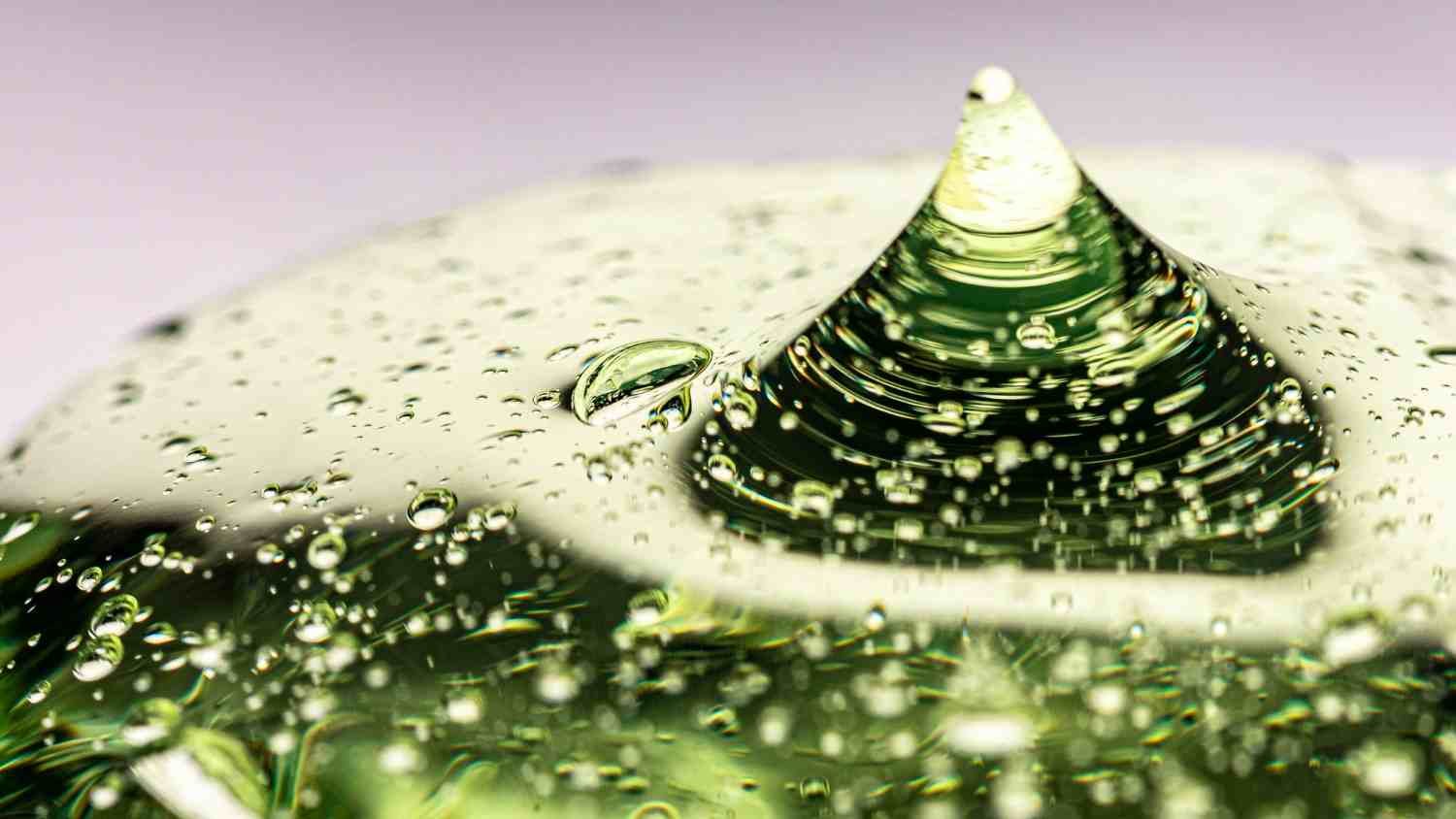At the place where rivers meet the sea, two worlds collide, freshwater rushing into saltwater, a quiet exchange that’s been happening for millions of years. To most of us, it’s a natural wonder. To scientists, it’s also a source of untapped energy.
This is the basis of osmotic power, often called blue energy. It’s a renewable energy source that could, in theory, light up entire cities by capturing something nature already does for free: the mixing of fresh and salt water.
A Simple Idea With Big Potential
Osmosis is a high-school science concept, water naturally moving from low salt concentration to high. In an osmotic power plant, engineers place freshwater on one side of a membrane and seawater on the other. Water moves across, pressure builds, and that pressure can spin a turbine. No smoke, no greenhouse gases, just electricity drawn from a natural gradient.
It sounds almost too simple. But simplicity is part of its charm. Wherever rivers flow into oceans, estuaries, deltas, coastal inlets, there’s potential energy waiting to be used.
Why Bother?
Unlike solar or wind, osmotic power doesn’t depend on sunshine or breezes. The salt difference between river water and seawater is steady, day and night. That makes it predictable, something energy planners crave.
Some researchers estimate that if we harnessed osmotic energy worldwide, we could generate hundreds of gigawatts. That’s a figure on par with the electricity output of dozens of nuclear power stations.
Experiments and Setbacks
This isn’t just theory. In 2009, the Norwegian company Statkraft built a pilot osmotic power plant. It worked, but not well enough to be commercial. The membranes were costly and inefficient, and scaling up proved tricky.
Since then, the field has moved forward. New materials, especially graphene-based and nano-engineered membranes, are improving efficiency. Labs in Europe, Japan, and the U.S. are running trials that show better results than a decade ago.
Still, challenges remain: membranes clog, maintenance costs add up, and building infrastructure in delicate estuaries raises environmental questions.
The Road Ahead
It’s unlikely that osmotic power will replace solar panels or offshore wind farms anytime soon. But it could complement them. For coastal nations with large river systems, especially those searching for low-carbon options, osmotic energy might provide a steady baseline of power.
Picture a future where parts of the grid are quietly powered not by burning fuel, but by the eternal meeting of rivers and oceans. It’s poetic, and potentially practical.
Final Thoughts
Osmotic power sits in that fascinating space between possibility and reality. The science is sound, the resource is abundant, and the appeal is obvious. The hurdles are technical and economic, but history shows that energy revolutions often start this way.
The ocean has shaped human civilization for centuries. If osmotic power matures, it could shape our energy future too, clean, constant, and drawn from the very tides of the Earth.

